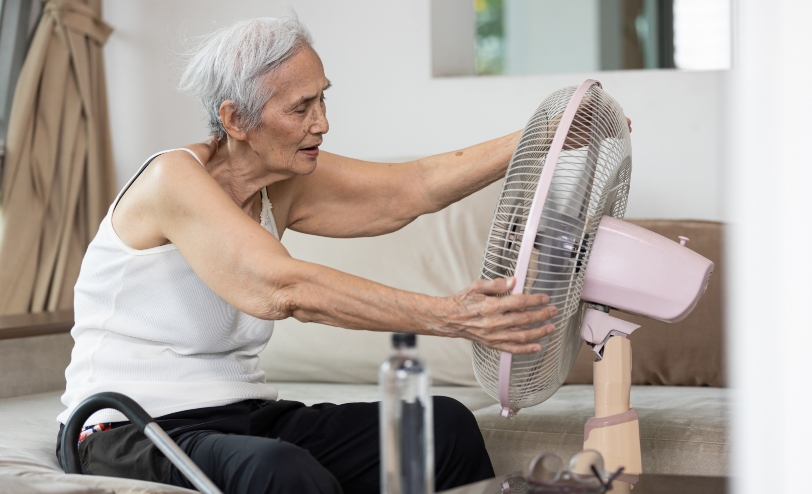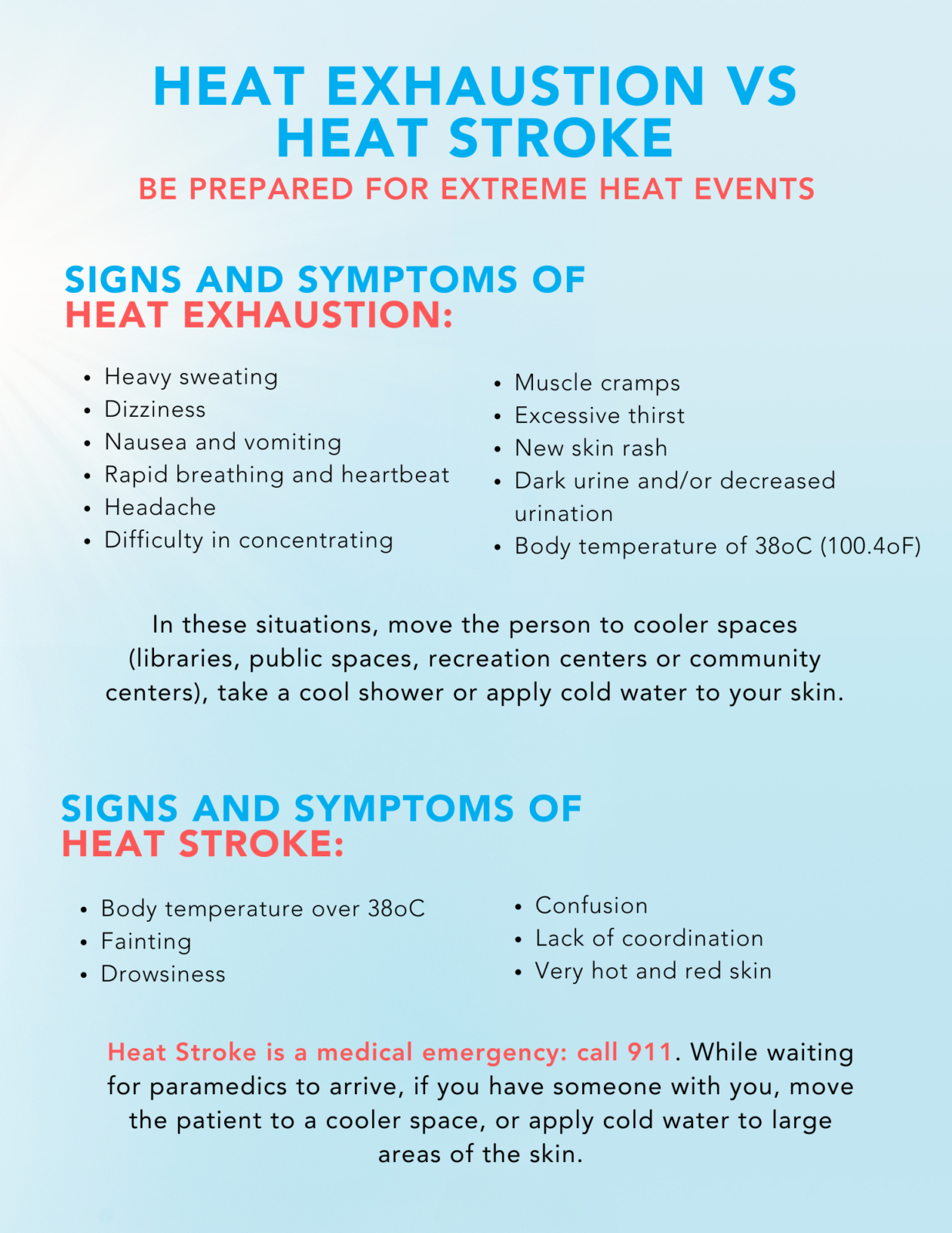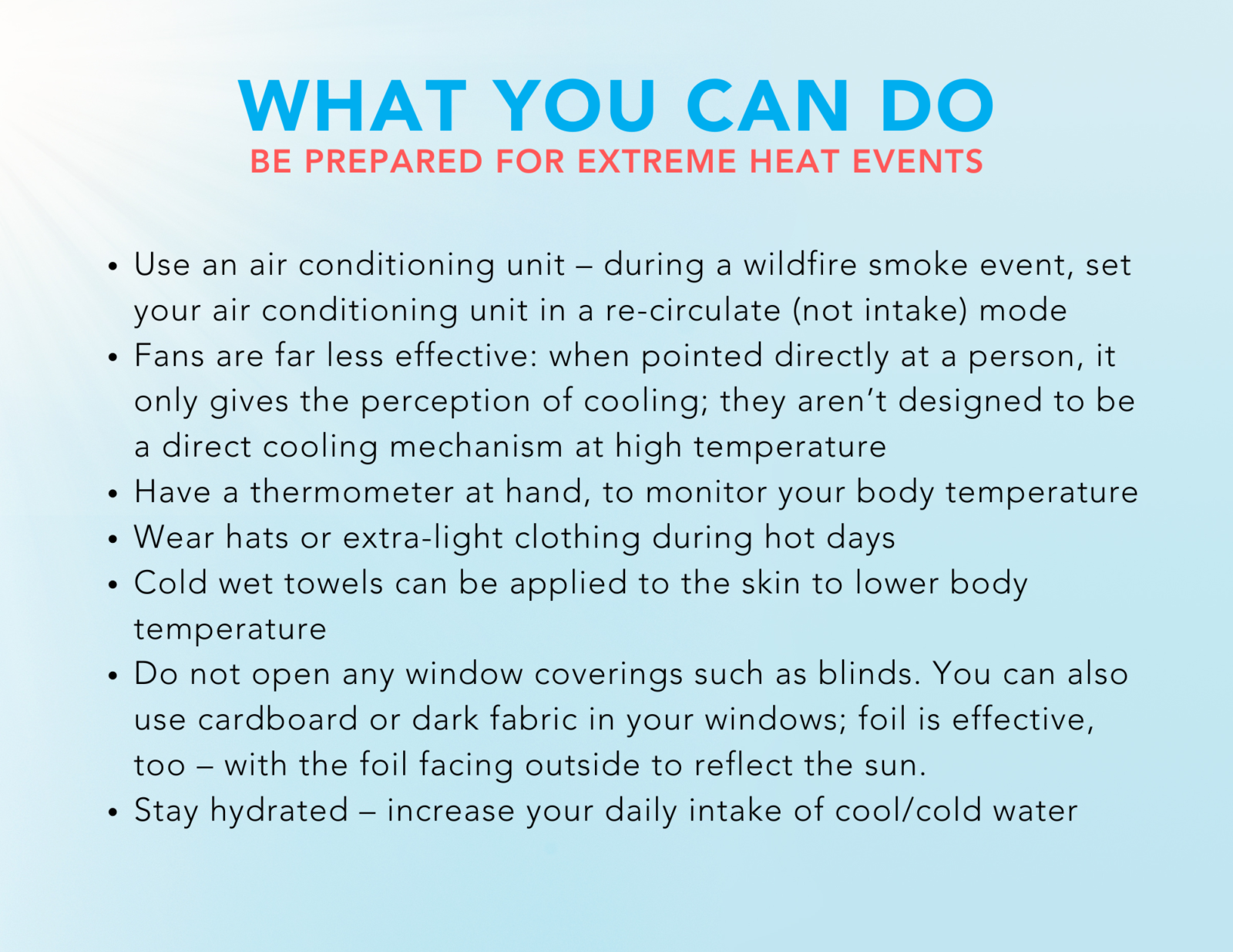Heat Preparedness
Heat-related illnesses may start to occur even at the relatively mild indoor temperature of 26o C (78o F). Outdoor temperature peaks in the afternoon, while indoor temperature peaks in the evening.
BC Lung Foundation offers ways to mitigate the severe health risk associated with extreme heat events such as the “heat dome” experience of June 2021. The tragic aftermath of the five-day heat dome: nearly 600 deaths, due to never-seen-before, sustained high temperatures and resulting poor air quality.
According to the recently-released BC Coroners Service report, 98% of those deaths occurred, surprisingly, indoors in a residence.
View the information below on the best ways to cope with high heat and poor air quality.




Beat the Heat Webinar
Listen to Meghan Straight, Coordinator and Analyst from Vancouver Coastal Health’s Healthy Environments team, on the best ways to cope with high heat and poor air quality.
July 20, 2022
